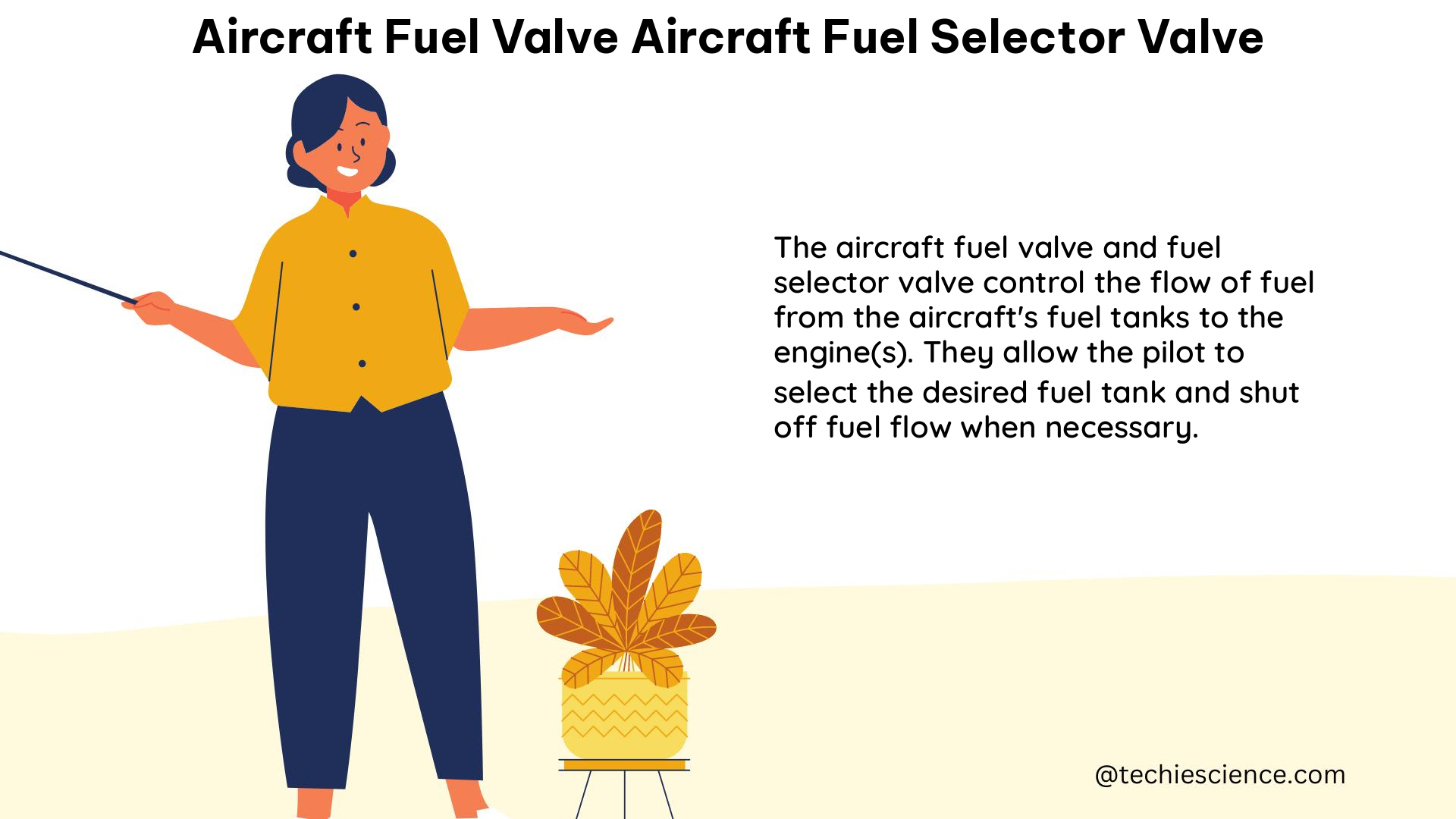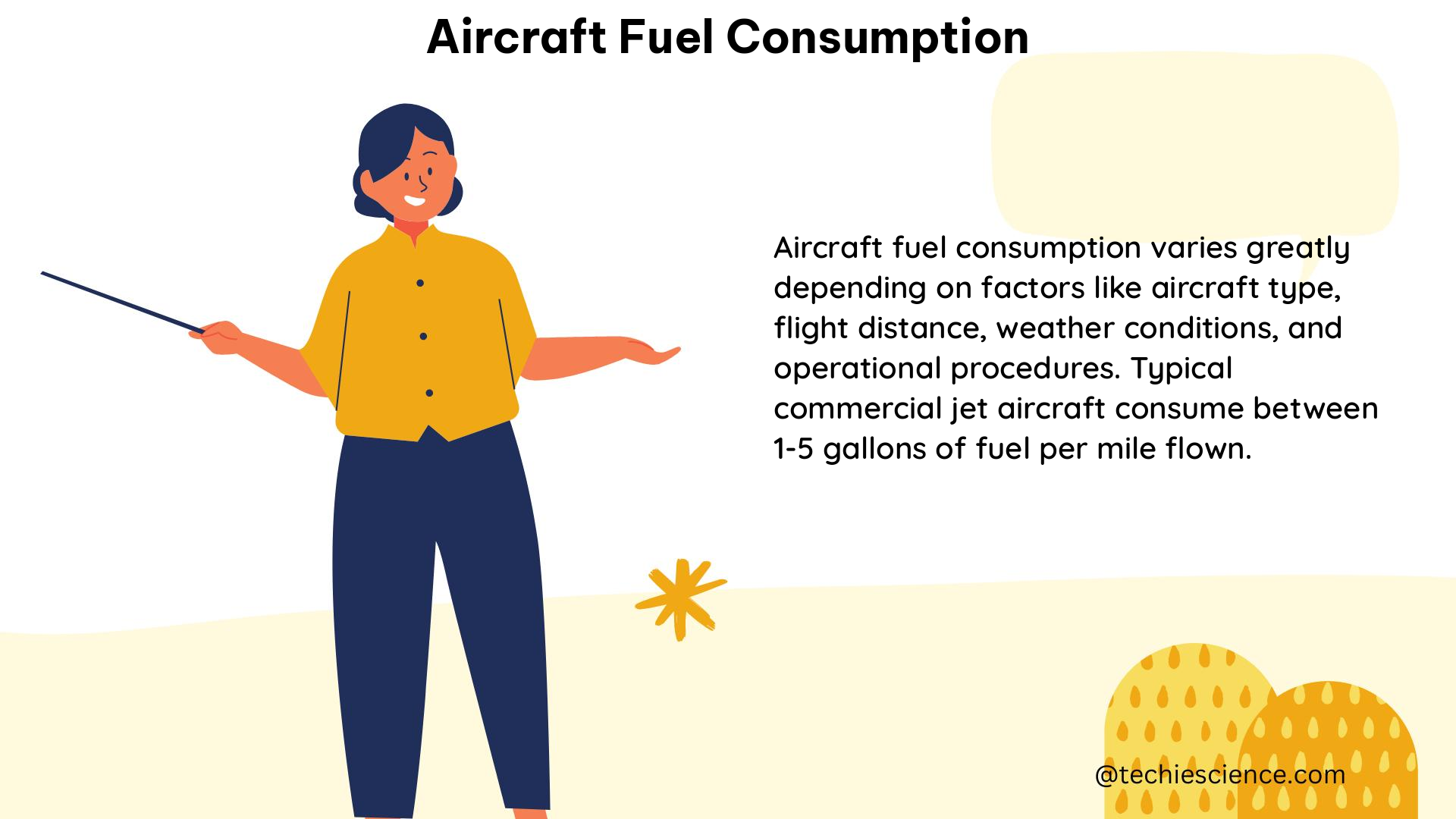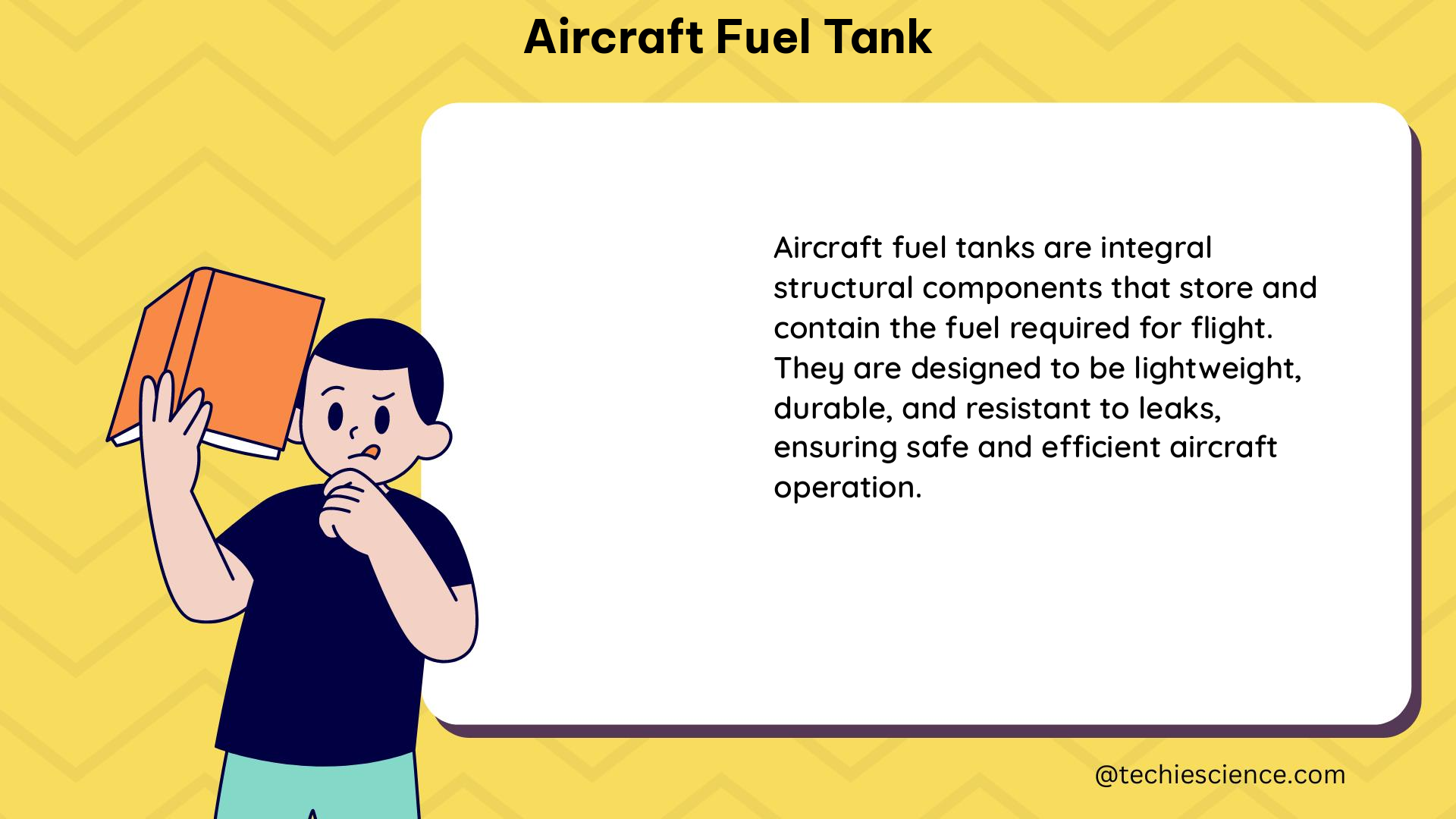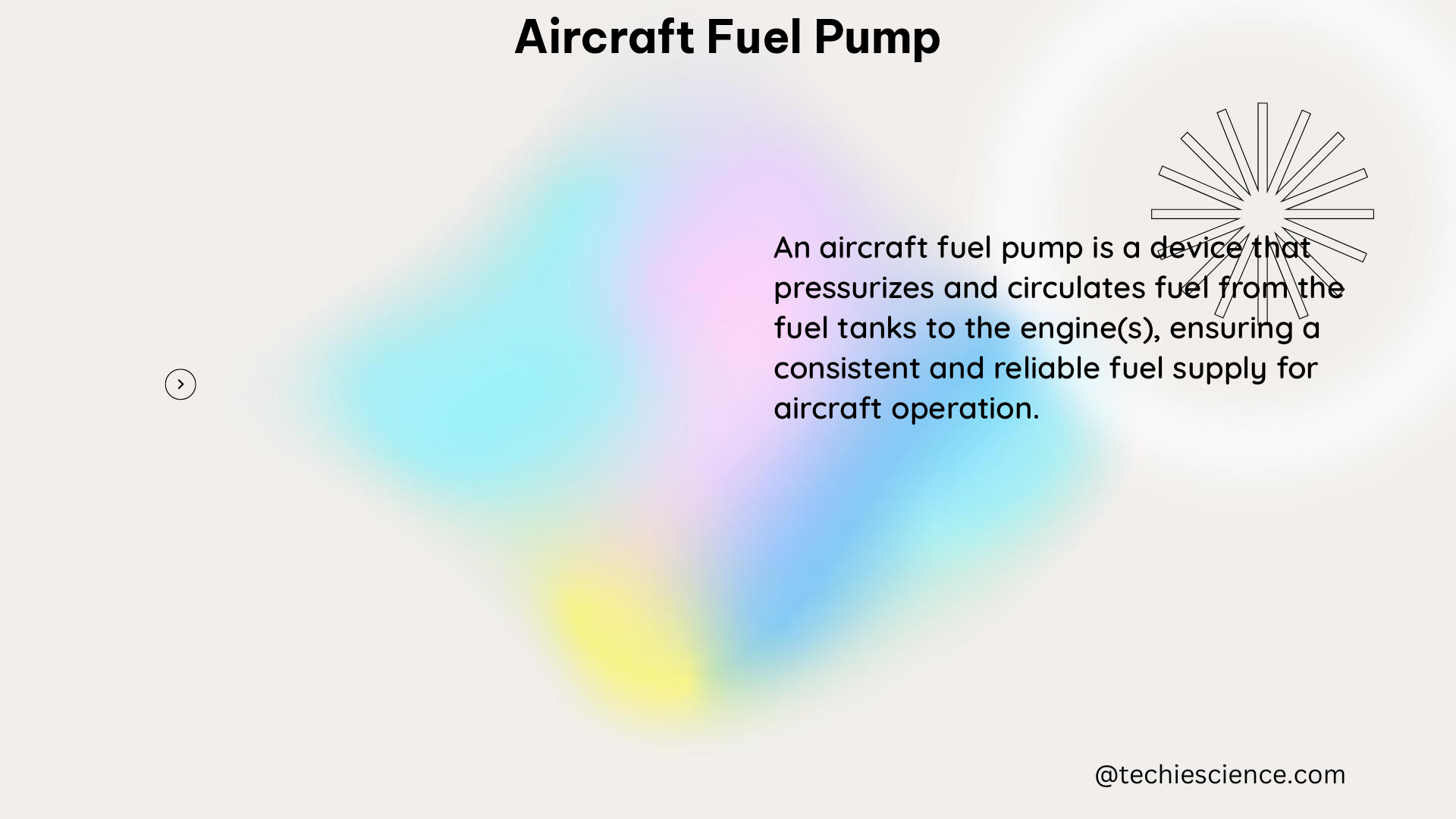Aircraft fuel valves, also known as fuel selector valves, are critical components in an aircraft’s fuel system, allowing pilots to choose which fuel tank supplies fuel to the engine. These valves are made up of several intricate parts, including the body, rotor, seals, shafts, and detent springs, all of which work together to ensure the safe and efficient operation of the aircraft’s fuel system.
Understanding the Importance of Aircraft Fuel Valves
The fuel selector valve plays a vital role in maintaining the aircraft’s fuel system’s integrity, ensuring the engine receives the necessary fuel flow, and preventing fuel leaks that could lead to catastrophic failures. By understanding the technical specifications and performance characteristics of these valves, pilots and maintenance personnel can ensure the safe and reliable operation of the aircraft.
Technical Specifications and Performance Characteristics

Flow Rate
The fuel selector valve must be able to handle the flow rate required by the engine, which is typically measured in gallons per hour (GPH). This flow rate can vary depending on the aircraft and engine type, with larger engines requiring higher flow rates. For example, a Cessna 172 with a Lycoming O-320 engine may have a fuel flow rate of around 8-10 GPH, while a Beechcraft Baron with two Continental IO-550 engines may have a fuel flow rate of 15-20 GPH per engine.
Pressure Drop
The fuel selector valve can cause a pressure drop in the fuel system, which can affect engine performance. This pressure drop is typically measured in pounds per square inch (psi) and should be minimized to ensure optimal engine performance. The acceptable pressure drop across the fuel selector valve can vary depending on the aircraft’s fuel system design, but it is generally recommended to keep the pressure drop below 1 psi to avoid any significant impact on engine operation.
Leakage
The fuel selector valve must be able to seal properly to prevent fuel leakage. Leakage can be measured in terms of the volume of fuel lost per unit time and can lead to engine failure if left unchecked. Acceptable leakage rates for fuel selector valves are typically in the range of a few drops per minute or less, as even small leaks can accumulate over time and pose a significant safety risk.
Response Time
The fuel selector valve must be able to respond quickly to changes in fuel tank selection. Response time is typically measured in seconds and can affect the aircraft’s ability to maintain altitude and airspeed during fuel tank switching. Ideally, the fuel selector valve should be able to switch between fuel tanks within 1-2 seconds to ensure a smooth and seamless transition.
Weight
The fuel selector valve must be lightweight to minimize the overall weight of the aircraft. Weight is typically measured in pounds or kilograms and can affect the aircraft’s performance and fuel efficiency. Lighter fuel selector valves can contribute to improved aircraft handling and reduced fuel consumption.
Corrosion Resistance
The fuel selector valve must be resistant to corrosion from fuel and other environmental factors. Corrosion resistance can be measured in terms of the material’s resistance to various corrosive agents, such as water, acids, and salts. Valves made from corrosion-resistant materials, such as stainless steel or anodized aluminum, can have a longer service life and require less maintenance.
Technical Specifications and Requirements
In addition to the performance characteristics, the fuel selector valve must meet specific technical requirements to ensure safe and reliable operation. These requirements include:
Material Specifications
The fuel selector valve must be made of materials that are resistant to corrosion and can handle the temperatures and pressures associated with aircraft fuel systems. Common materials used in fuel selector valves include stainless steel, brass, and anodized aluminum.
Operating Temperature Range
The fuel selector valve must be able to operate within a specified temperature range to ensure reliable performance. This range can vary depending on the aircraft’s operating environment, but it is typically between -40°C (-40°F) to 70°C (158°F) for general aviation aircraft.
Pressure Rating
The fuel selector valve must be able to handle the maximum pressure expected in the fuel system, which can range from a few psi to over 50 psi, depending on the aircraft’s fuel system design.
Flow Rating
The fuel selector valve must be able to handle the maximum flow rate expected in the fuel system, which can range from a few gallons per minute (GPM) for small aircraft to over 50 GPM for larger aircraft.
Leak Test
The fuel selector valve must be able to pass a leak test to ensure that it can seal properly and prevent fuel leakage. This test typically involves pressurizing the valve and checking for any signs of leakage.
Response Time
The fuel selector valve must be able to respond quickly to changes in fuel tank selection, with a typical response time of 1-2 seconds.
Maintenance and Inspection
Regular maintenance and inspection of the fuel selector valve are crucial to ensuring the safe and reliable operation of the aircraft’s fuel system. This includes:
Visual Inspection
Regularly inspecting the fuel selector valve for signs of damage, corrosion, or wear can help identify potential issues before they become more serious. This can include checking the valve’s body, rotor, seals, and other components for any visible signs of wear or damage.
Leak Test
Performing a leak test on the fuel selector valve can help ensure that it is sealing properly and preventing fuel leakage. This can be done by pressurizing the valve and checking for any signs of leakage.
Functional Test
Checking the fuel selector valve’s functionality, including its ability to switch between fuel tanks and its response time, can help ensure that it is operating as intended.
By following these maintenance and inspection procedures, pilots and maintenance personnel can help prevent fuel system failures and ensure the safe and reliable operation of the aircraft.
Conclusion
Aircraft fuel valves, or fuel selector valves, are critical components in an aircraft’s fuel system, allowing pilots to choose which fuel tank supplies fuel to the engine. These valves must meet strict technical specifications and performance requirements to ensure safe and reliable operation. By understanding the importance of these valves and the various factors that contribute to their performance, pilots and maintenance personnel can ensure the continued airworthiness and safety of the aircraft.


